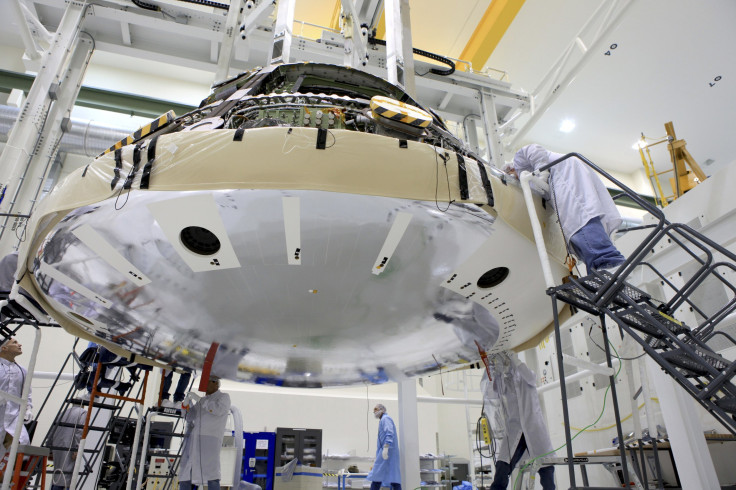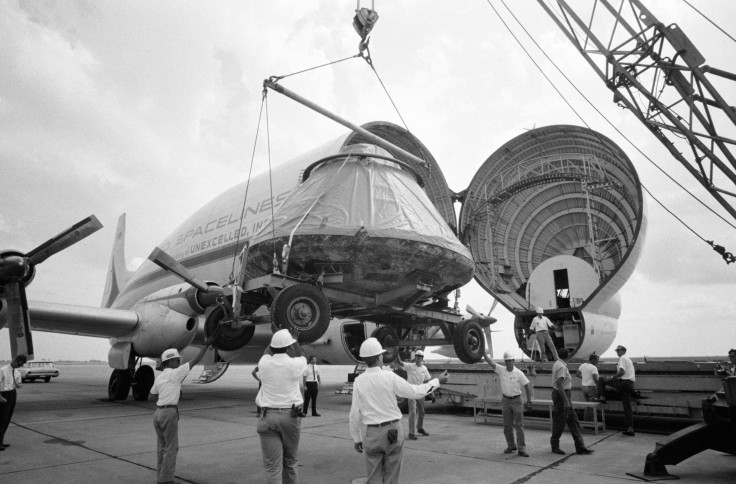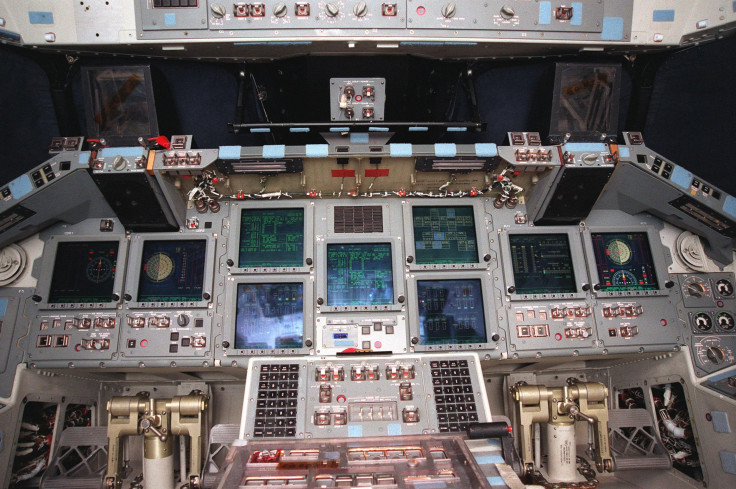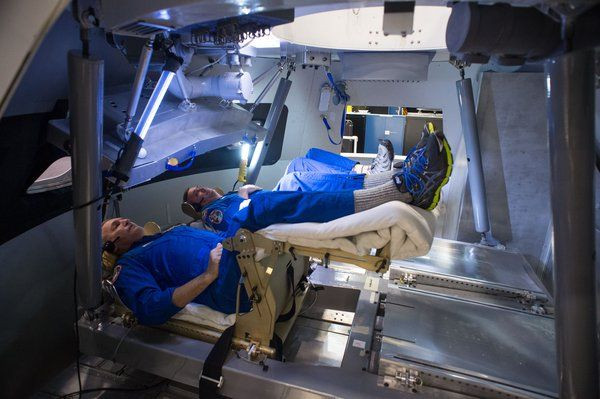From Apollo To Orion: 40 Years After The Moon, NASA Aims For Mars

When NASA astronauts depart Earth’s atmosphere for Mars, they’ll do so in a spacecraft that looks almost identical to the one that the Apollo missions of the 1960s used to travel to the moon. While the Orion spacecraft does build on Apollo’s foundation, the multipurpose crew vehicle’s outward appearance also masks incredible state-of-the-art technology that hopes to revolutionize how humans think of travel.
Amateur astronomers across the world have noticed that Orion’s round bottom and aerodynamic top seemed to be a blast from the height of the Cold War past, when Apollo astronauts landed on the moon nearly 50 years ago. Orion is nearly three times larger than the Apollo-era capsules, however, with an ability to carry another astronaut and a computing power that dwarfs Apollo.
“It’s kind of like an automobile in 1905 had four tires and a steering wheel,” Orion program manager Mark Geyer told Space.com. “But none of the stuff inside is the same.”
The similar conical shape wasn’t an accident, though, both because it allows for faster speeds and because the design has already proven able to withstand intense temperatures. (Orion’s propulsion is expected to generate a temperature of more than 5,000 degrees Fahrenheit along the outside of the craft.)

“Each system has its own unique challenges. When designing a spacecraft like Orion that is pushing the envelope of where we’ve gone before, we have to use lots of testing and simulations to make a robust spacecraft,” Molly White, a NASA engineer who designed the Orion heat shield, wrote last month in an Ask-Me-Anything session on Reddit.
Colleague Kelly Smith went on to explain the specifics: “Sharp shapes tend to heat up too much and melt/vaporize,” she wrote. “A blunt shape works well hypersonically for keeping the heating to more manageable levels. If you look at ballistic missiles, all of their nose cones are ‘blunt’ as well (spheres, sphere-cones, etc.) to deal with the extreme heating environment.”
All of which makes it all the more necessary for Orion to have an effective, reliable heat shield. Upon returning from the 140-million-mile trip to Mars, depending on the timing of the orbit Earth and Mars are between 33.9 million and 250 million miles apart, the Orion crew needs to reenter Earth’s atmosphere without burning up. For guidance, engineers looked back at the shields used during the Apollo missions.
“We need something to protect the astronauts who are going to be inside,” Jim Tibaudo, director of business development at Textron Systems, which makes the peanut-butter-colored, 16.5-foot Avocat shield, told Agence France-Presse. “The material NASA chose to use is the same material that was used back in the Apollo program in the ’60s.”



Not only are Orion astronauts expected to be safer, they could also be more comfortable. Unlike Apollo’s switch-dominated cockpit, Orion’s design will be based on lessons learned from previous generations and feature a sophisticated electronic system capable of running the entire mission within a light, glass cabin.



© Copyright IBTimes 2025. All rights reserved.





















